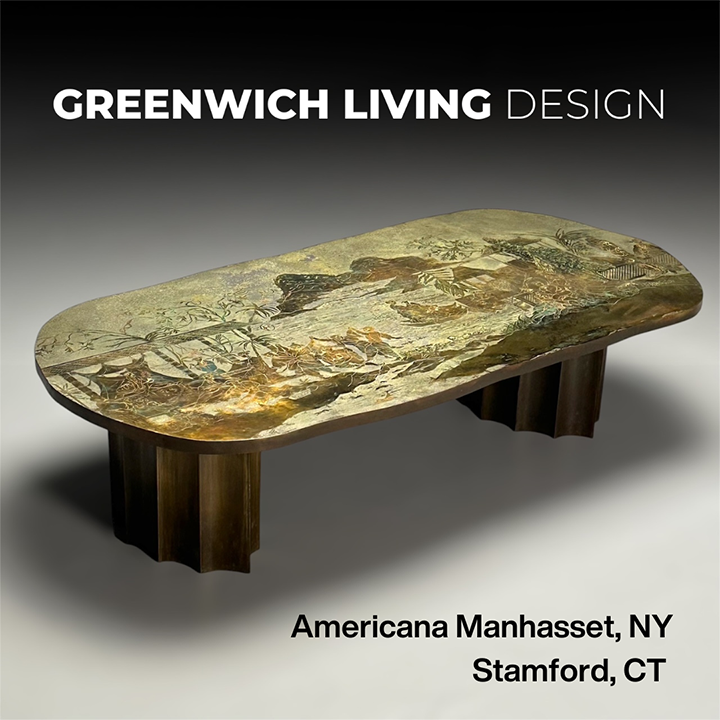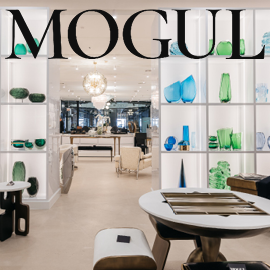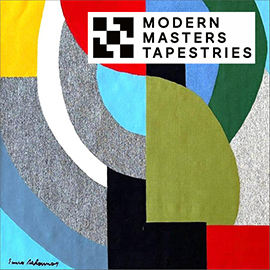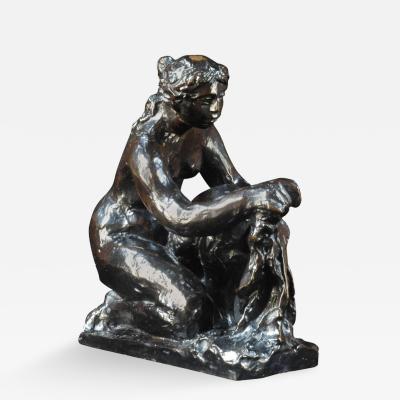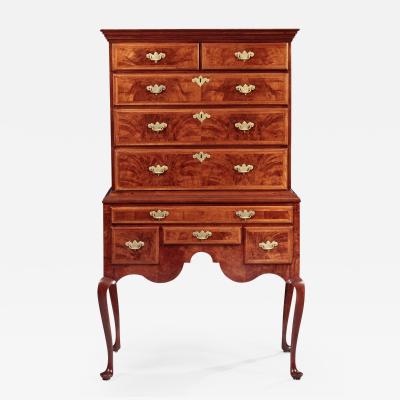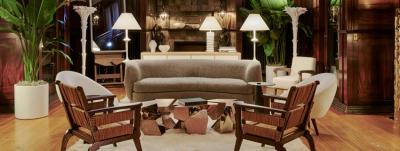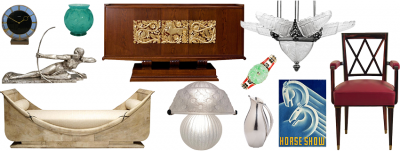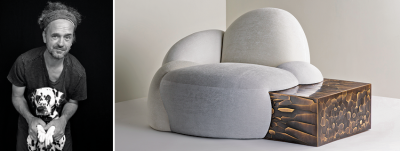Discoveries from the Field: An English Chair in Boston
The Museum of Fine Arts, Boston, has in its collection an English chair (Fig. 1) that has held an important place in Boston furniture history as a London-made chair that made its way to Boston shortly after its creation, influencing early generations of Boston furniture makers.1 The chair dates to around 1750–1760 and clearly relates to Thomas Chippendale’s designs as seen in plate 14 of the 1762 edition of The Gentleman and Cabinet-Maker’s Director. Also in the MFA’s collection is a Boston-made chair (Fig. 2), which is closely related, albeit with a slightly modified design and using native North American woods as the secondary materials.
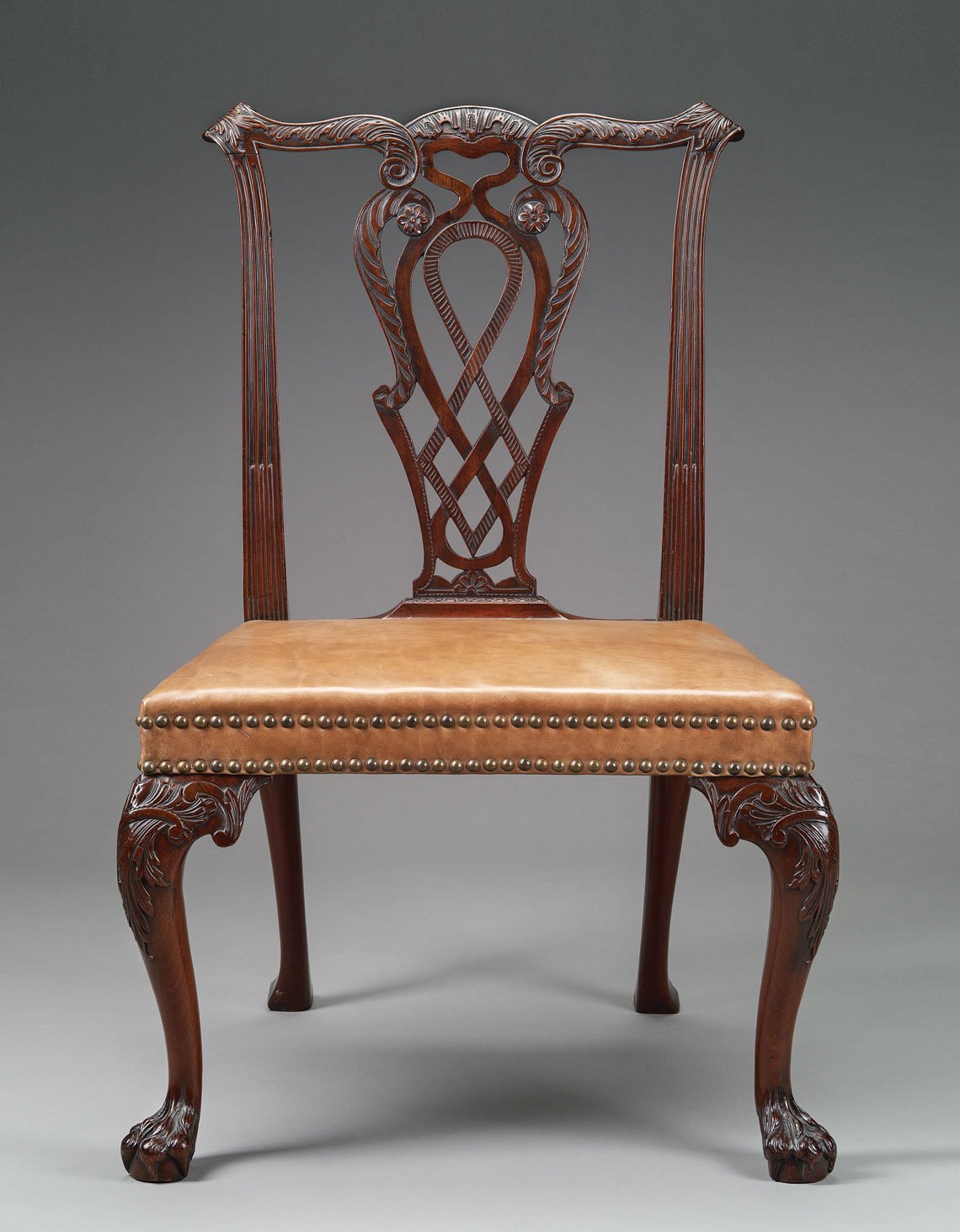 | 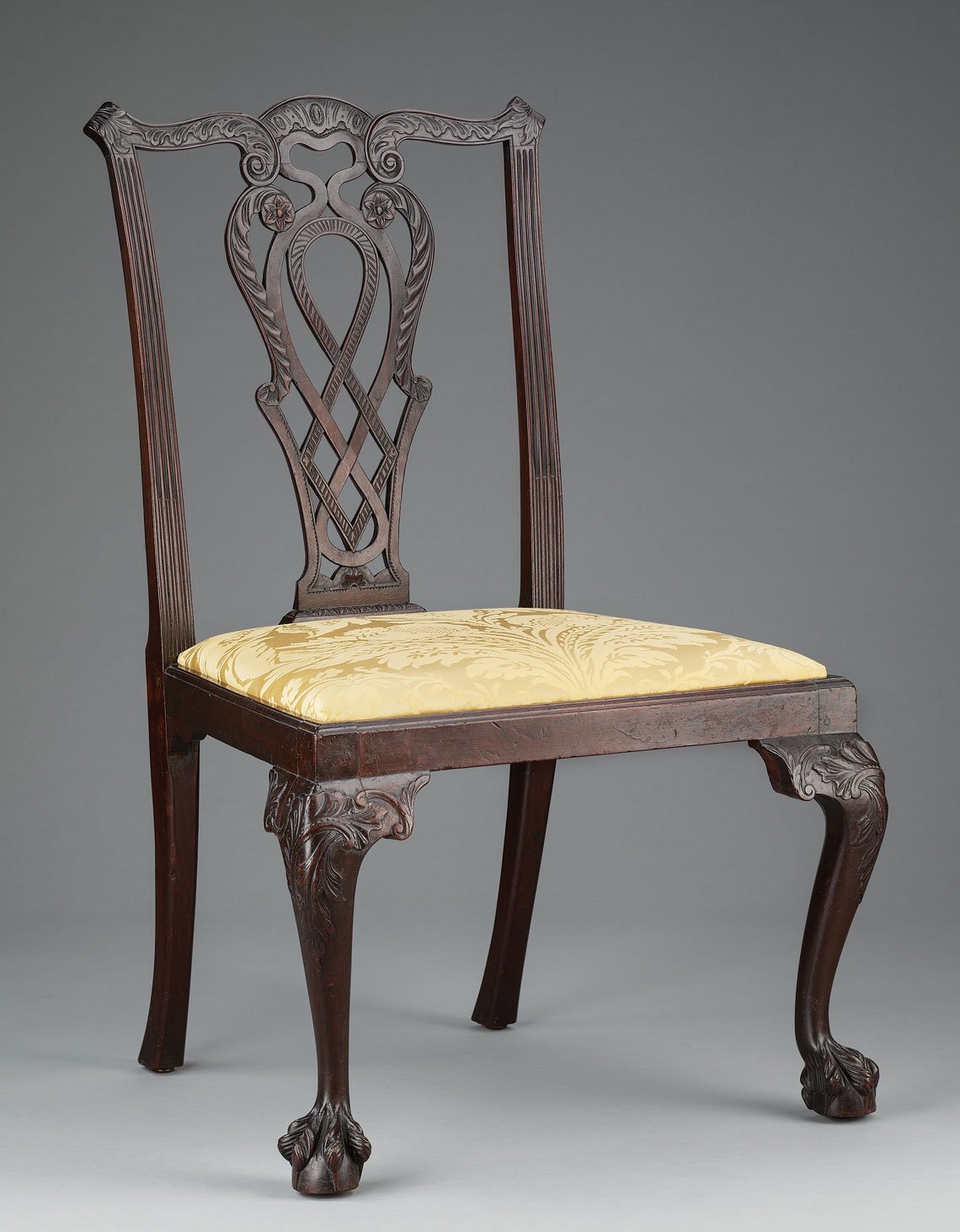 | |
| Fig. 1: Side chair, English, about 1750–60. Mahogany, beech, 37¼ x 23¼ x 19¼ in. Museum of Fine Arts, Boston; Gift of Mrs. Joshua Crane Sr. in memory of her husband (30.726). Photograph © Museum of Fine Arts, Boston. | Fig. 2: Side chair, Boston, about 1765–85. Mahogany, soft maple, red oak, 38¼ x 24⅝ x 18⅞ in. Museum of Fine Arts, Boston; Gift of Priscilla Quincy Weld in memory of her mother and grandmother, Ruth Draper Peters and Alice Ames Draper, and Elizabeth Marie Paramino Fund in memory of John F. Paramino, Boston Sculptor, Arthur Tracy Cabot Fund, Ernest Kahn Fund, John Wheelock Elliott and John Morse Elliott Fund, Alice M. Bartlett Fund, and Edwin E. Jack Fund (1996.52). Photograph © Museum of Fine Arts, Boston. |
There has been speculation as to the potential ownership in Boston of the English chair in the nineteenth, and even back into the eighteenth century. Recent research has been undertaken to clarify the history of this chair. In the curatorial files at the MFA, there is a tantalizing un-cited notation that the chair was owned by William B. Phillips Jr. (1750–1827), placing it in Boston in the first decade of the nineteenth century. Other available evidence related to its earlier ownership exists in the form of two stamped marks: “T. Hooper” on the backseat rail, and “T. Hoo” on the corner brace (Figs. 3, 4). These were long assumed to be a maker’s mark, but it seems more likely that the chair was branded by an early owner. Recent research has uncovered compelling connections among the donor of the chair to the MFA in 1930, the Hooper family of Boston in the nineteenth century, and Phillips. Phillips was not only a prominent Bostonian from a prosperous family, but also served as the first lieutenant governor of Massachusetts from 1812 to 1823.
The 1930 donor was Mrs. Joshua Crane Sr., who gave the chair to the MFA in memory of her husband. Mrs. Crane, born Anne Eliza Jose in Buxton, Maine, in 1846, died in Brookline, Mass., in 1941. Her parents, also of Maine, were Mark Emery Jose and Dorcas Rebecca Hanson. An explanation of the chair’s “Hooper” brand is suggested by the marriage of Mrs. Crane’s paternal aunt, Sarah Emery Jose (born in Buxton in 1822, died in Boston in 1914), to Samuel Thompson Hooper (1816–1872) of Boston. Sarah was a generous early contributor to the MFA in the 1890s. Both she and her niece were active in the Unitarian community and were contributors to King’s Chapel, Boston. Samuel Thompson Hooper’s father, Thomas Hooper (born 1779 in Charlestown, died in 1868 in Boston), was a town treasurer and manager/teller at the Massachusetts Bank in the early years of the nineteenth century. A faint handwritten label, with the names “Phillips” and “Thomas Hooper” on the underside of the chair, may have been written by Mrs. Crane and offers a further tempting clue.
 |
| Fig. 3: Raking light detail of “T. Hooper” stamp on underside of seat rail. Photograph courtesy of Christine Storti. |
 |
| Fig. 4: Raking light detail of “T. Hoo” stamp on corner brace. Photograph courtesy of Christine Storti. |
A more tenuous but intriguing connection might exist between Thomas Hooper and William B. Phillips Jr. In addition to serving in Massachusetts politics, Phillips was at the same time the president of the Massachusetts Bank, where Thomas Hooper was employed. Further archival evidence is needed to determine whether the chair may have passed from Phillips’ ownership to Hooper’s during this time. Certainly, the chair’s connection to an owner as prominent as the lieutenant governor would strengthen the argument that this chair would have been seen by many wealthy visitors and thus have been an influential design source in its day in Boston.
Another English chair of the same design is now in the collection of Winterthur Museum and was formerly owned by Frederick Beck of Brookline by 1907. It is thought that Beck inherited the chair from his sister Sarah Phillips Beck (1816–1902), suggesting yet another link to explore regarding the Phillips family, their decorative arts collection, and where they may have acquired these pieces.2 Certainly, further research into the provenance of this chair and the chair at Winterthur is needed to fully unravel their early history in Boston.
Courtney Leigh Harris is curatorial research fellow, Decorative Arts and Sculpture Art of Europe, Museum of Fine Arts Boston.
This article was originally published in the Winter 2017 issue of Antiques & Fine Art magazine, a fully digitized version of which is available at afamag.com. AFA is affiliated with Incollect.
2. Winterthur Museum accession number 1951.0080. Thanks to Brock W. Jobe, professor emeritus at the Winterthur Museum for pointing out this connection. The specific connection of Sarah Phillips Beck to the Phillips family has not yet been investigated.




